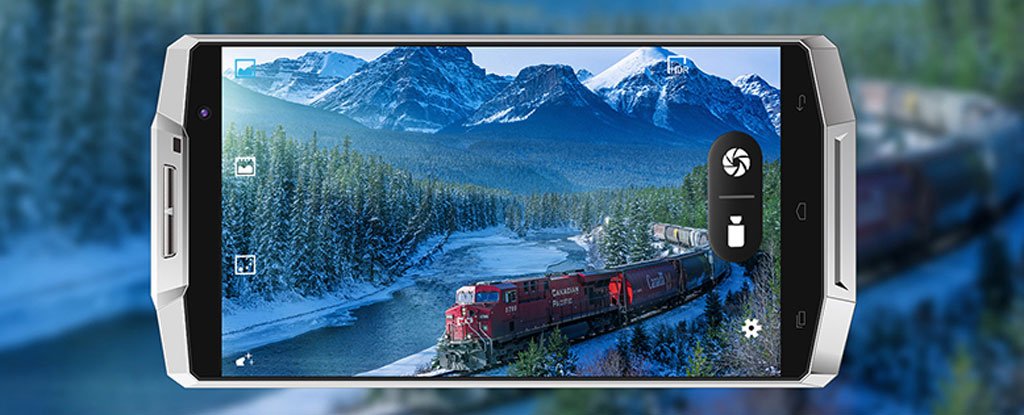
There’s lots of interesting research – involving things like mushrooms,aluminium, and hydrogen – looking to find the next generation of energy technology that will replace our current lithium-ion batteries, but what if you don’t want to wait for the future to arrive?
Well, how about we just insert a mega-big-ass battery into your next phone and see how that goes? That’s the exact thinking behind the new K10000 smartphone from Chinese tech company Oukitel. This model crams in a gigantic 10,000 mAh (milliampere-hour) battery that’s billed to last between 10 and 15 days in regular use.
Compared to the ho-hum daily/nightly charge routine most of us are used to with our current phones, the K10000’s sensational longevity gives it quite the unique selling point.
But just how big is a 10,000 mAh battery anyway? Well, compared to the most commonly used iPhone on the market today – the iPhone 6 – it’s way bigger. Apple’s model only features a 1,810 mAh battery, so it’s more than five times larger in terms of capacity.
Even Apple’s newest large-size model – the iPhone 6s Plus (with a 2,750 mAh battery) – can’t get anywhere near the K10000. Oukitel says its smartphone could charge the iPhone 6s Plus three times over and still have 10 percent juice left in the tank.
Nor does the extra battery capacity appear to come at the burden of added weight. The K10000 actually weighs slightly less than the iPhone 6s Plus (184 grams compared to 192 grams), although to be fair, it’s considerably thicker for those thin device purists out there (9 mm compared to 7.3 mm).
Aside from the battery capacity, the K10000 is a fairly middle-of-the-road Android handset. It’s certainly not a premium device like an iPhone or a high-end Samsung, which is also apparent from the device’s reduced cost (US$239.99 at online retailer GearBest). Still, for those who value staying power above other considerations, it might not be a bad purchase.
Just make sure the technical specs with regard to the K10000’s network specifications (listed here) will work in your region before you mash that “buy” button, folks!
Science alert